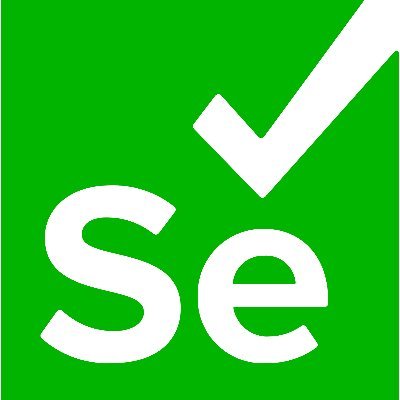
Selenium is one of the most popular UI testing frameworks out there because it is open source, easy to use and has a lot of community support.
According to Max Saperstone, director of software test automation at consulting company Coveros, because there are many large enterprises and businesses that have adopted it, it is proven that it can work and there is also a huge backing of support with different languages and resources. But as with any open-source project, it does have its limitations and it can be difficult to get past those limitations.
For instance, he explained that just because it is a free tool, that doesn’t mean it is free for an organization. What they may not pay in licensing, they still have to pay in knowledge and talent. “But overall if you have people that can learn it and developers willing to take that on, it is usually a lot cheaper and easier to get started with,” he said.
RELATED CONTENT: How to solve your UI testing problems
While some organizations have released tools on top of Selenium to help extend its use cases, Mark Lambert, vice president of products at the automated software testing company Parasoft, warns users to make sure they aren’t getting locked into a solution. Other solutions will allow you to plug into the framework without lock-in.
“What our solution Selenic does is it plugs right into an organization’s existing Selenium test automation practice leveraging their tests as they exist today, but then injects its AI to help with what we see as being the number one challenge for organizations with UI test automation, which is that of maintainability,” he said.
Within the HCL OneTest offering, users can run Selenium tests, or use Selenium to interact with browsers, according to Ashish Mathur, director and architect of testing products at HCL Software, a division of HCL Technologies. “Where we come into the picture is we provide value on top of Selenium, which is beyond any interactions with the browser. The whole aspect of being able to locate controls very easily and very intuitively in a manner that is very natural.”
According to Chris Haggan, HCL OneTest UI product manager, when development for Selenium IDE ceased, it left a gap in the market. While Selenium IDE development has recently picked back up in the last couple of years, HCL now provides extra value that can be added and closes some of the gaps still left, such as API performance, test maintenance and ease of execution.
“There is a class of testers who don’t necessarily want to write Selenium code, but understand the value that Selenium brings to the table. One of the things we did was we looked at how we can build an easy capability for testers to build scripts in the same way that the Selenium IDE had been doing,” said Haggan.





